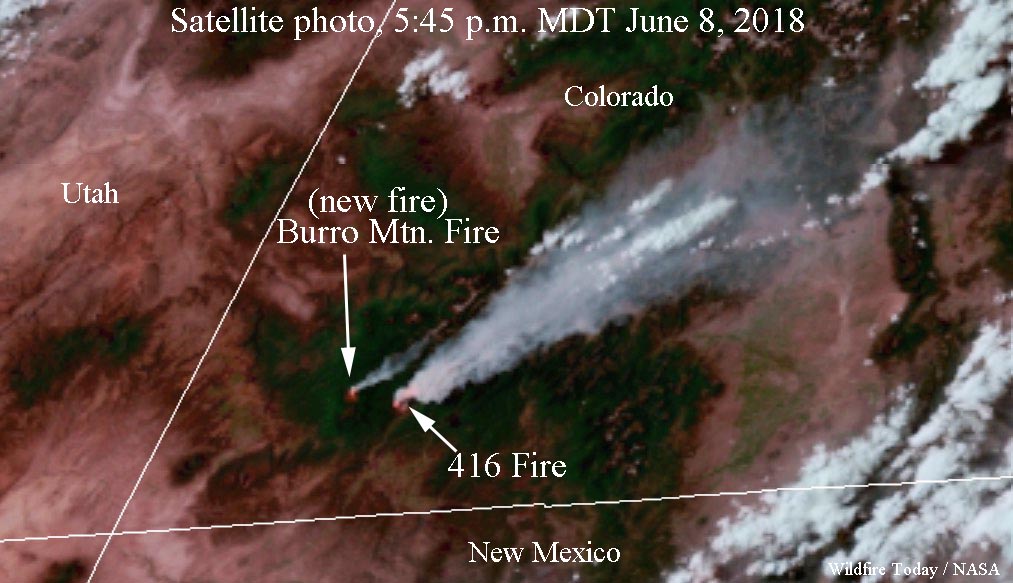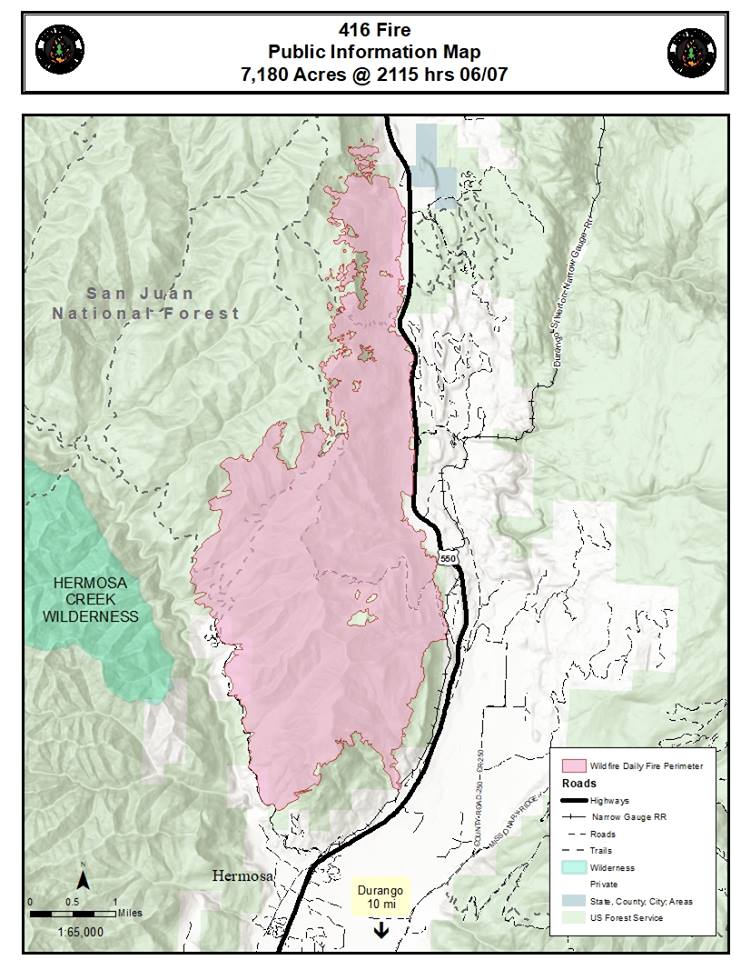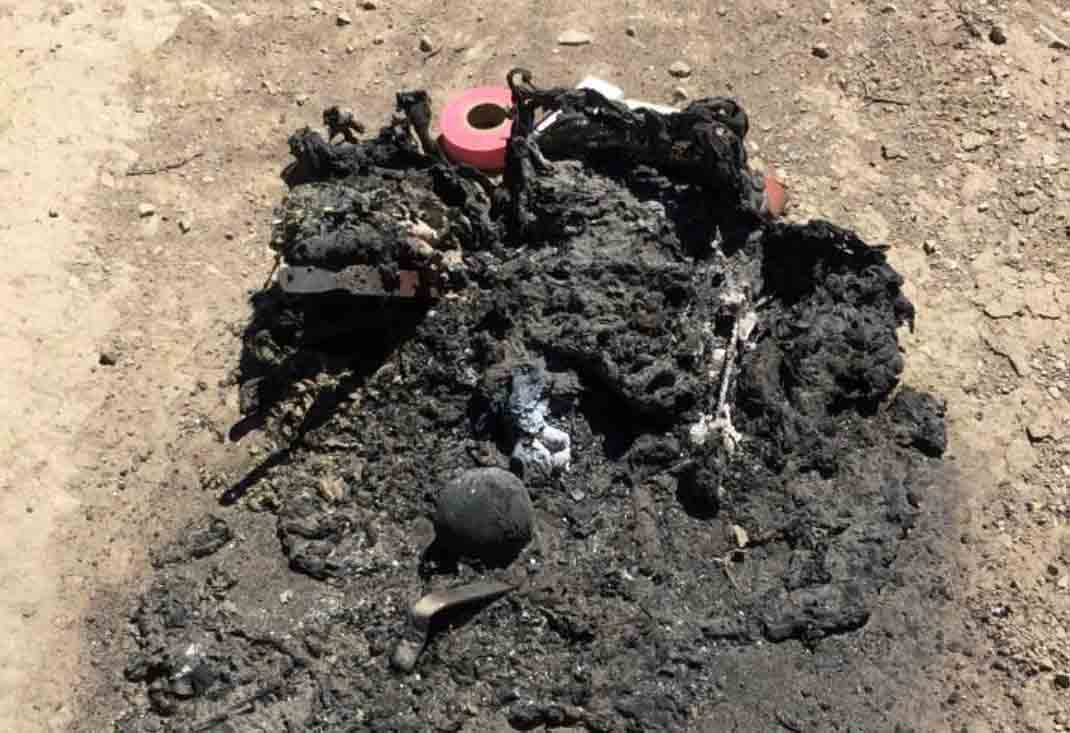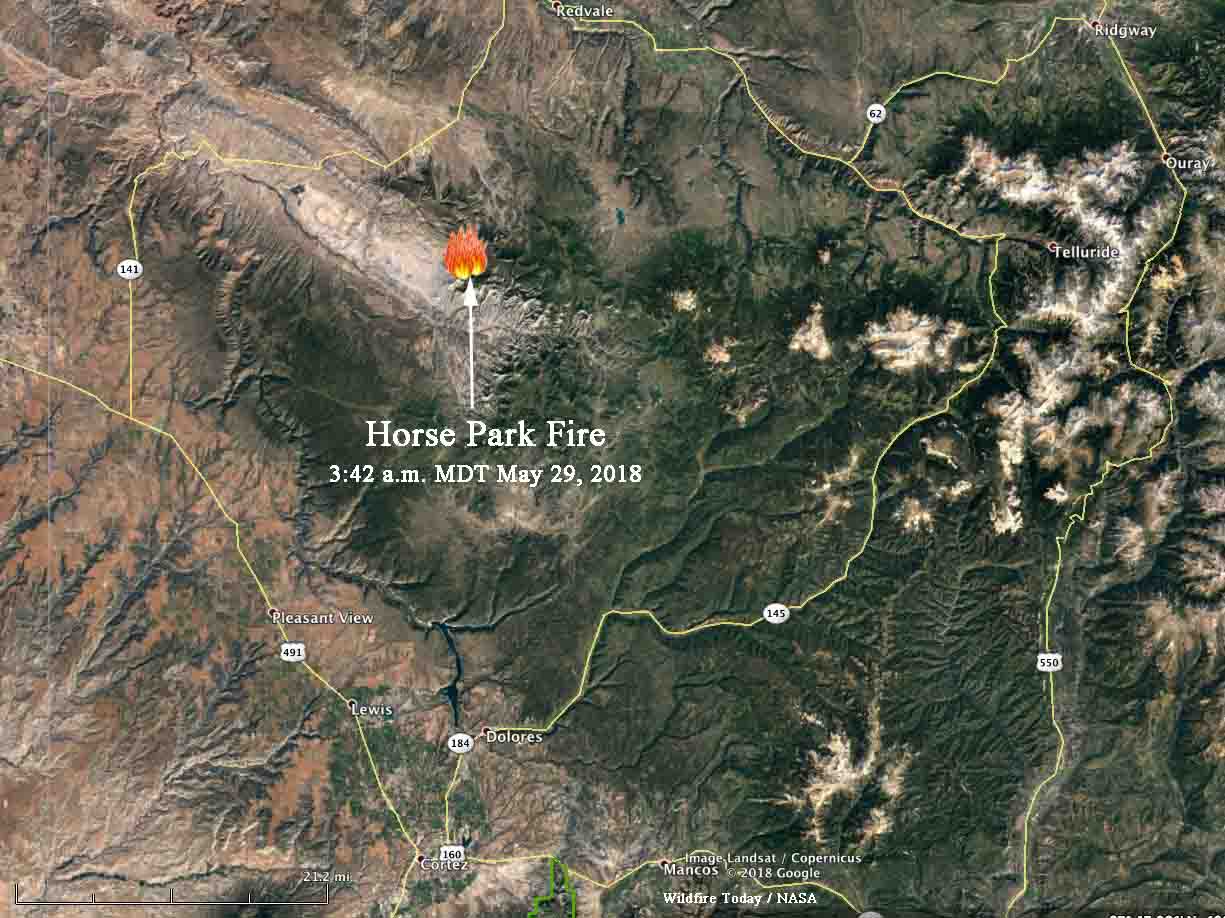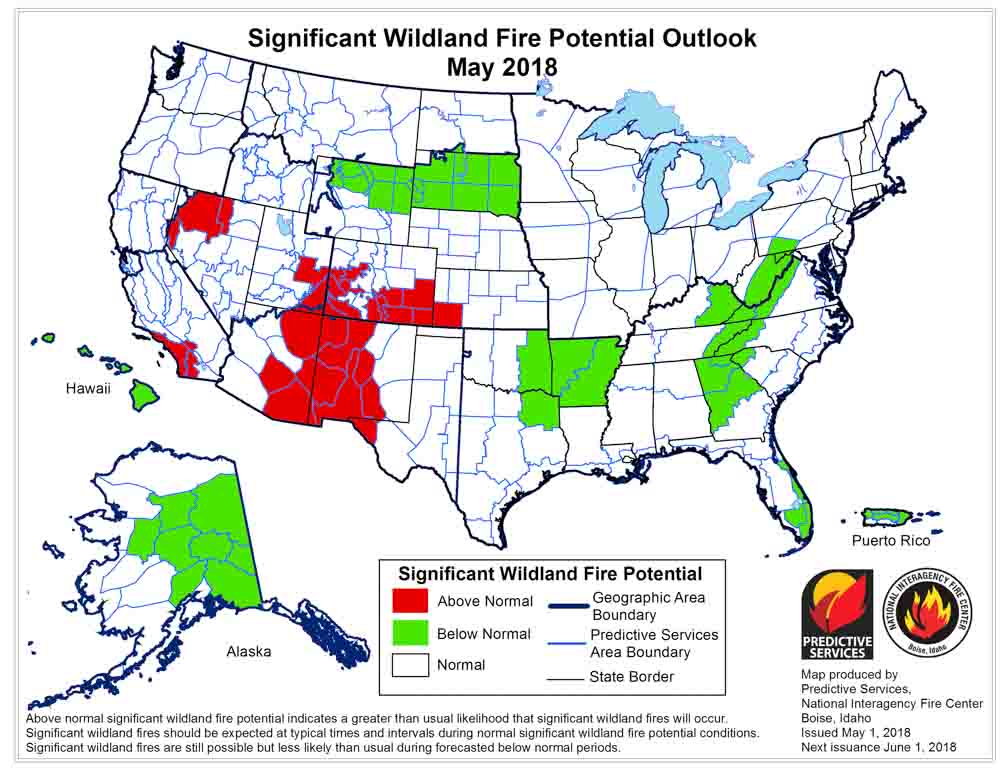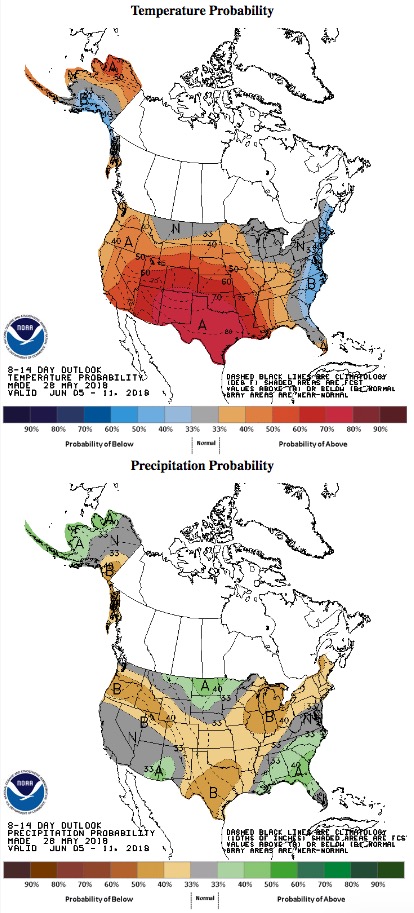Above: Firefighters suppress a fire started by a person shooting at an exploding target southeast of Eagle, Colorado June 9, 2018. Photo by Eagle River Fire Protection District.
A man has been charged with 4th Degree Arson and Reckless Endangerment for allegedly starting a fire at an unofficial shooting range near Minturn southeast of Eagle, Colorado on June 9.
According to the Eagle County Sheriff’s office the fire was started by the use of an exploding target.
Thanks to green vegetation at the scene and the efforts of firefighters, the fire was suppressed while it was still fairly small. Most of the state of Colorado was under a Red Flag Warning Saturday. On the same day the Boco Fire burned about 400 acres a few miles away.
Exploding targets are known to have started numerous fires. In 2017 an off-duty Border Patrol agent shooting at an exploding target started what became the 46,000-acre Sawmill Fire south of Tucson, Arizona which cost at least $5 million to fight.
Exploding targets consist of two ingredients that when mixed by the end user create an explosion if shot by a high-velocity projectile. They have been banned in some areas, and in June, 2013 a man attending a bachelor-bachelorette party in Minnesota was killed after shrapnel from the device struck him in the abdomen causing his death. The Missoulian reported that several years ago a woman in Ohio had her hand nearly blown off while taking a cellphone video of a man firing at an exploding target placed in a refrigerator about 150 feet away.
After the ingredients are combined, the compound is illegal to transport and is classified as an explosive by the Bureau of Alcohol, Tobacco, Firearms, and Explosives and is subject to the regulatory requirements in 27 CFR, Part 555.
Articles on Wildfire Today tagged exploding targets.




